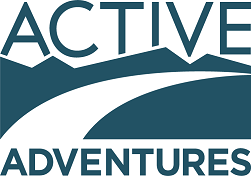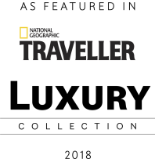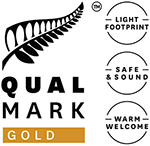Local Fare in New Zealand
[image_frompath,path=blog-posts/local-fare-new-zealand/hero.jpg"]
Top 5 things to know about seasonal fare in New Zealand
- We’ve got 27 million sheep (that’s more than 5 sheep per person!) so we know how to grow some of the world’s best lamb meat.
- Our farmed salmon is amongst the cleanest you’ll find anywhere in the world, and you can sample it all year round.
- Our New Zealand green-lipped mussel is one of the biggest mussel species on the planet – and it’s deliciously prepared in restaurants all over the country.
- New Zealand’s beef exports account for 8% of the world market. Beef farmers here simply focus on growing the best grass they can, the cows do the rest!
- New Zealand Deer used to be hunted by men jumping out of helicopters! Today the method is much safer, and the end product just as tasty!
Farming in New Zealand is big business, and like everyone else we love our local food. Around 7% of New Zealand’s labour force is employed in agriculture, and with twice as many cows, and more than five times as many sheep, as there are people here, there’s plenty to do!
Lamb
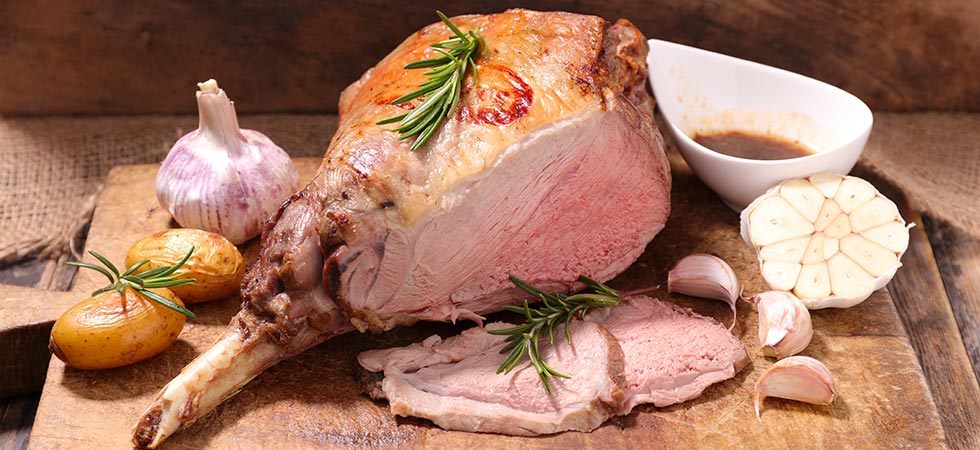
27 million sheep call New Zealand home, and so we produce some of the finest lamb meat in the world. The meat of a lamb can only be called such until the animal is up to a year old, after that it becomes mutton – a much tougher meat with higher fat content. Sheep farming is spread throughout both the North and South Islands, although the Mackenzie Country in Canterbury on the South Island has some of the largest farms with high livestock numbers. The farms of the Mackenzie Country have stock usually consisting of two different breeds of sheep, one for meat, the other for wool.
One of the favourite cuts of New Zealand lamb is a leg roast. We love to cook a roast with all the trimmings, carve the meat, and share it with family or friends. Another popular way to eat our delicious lamb meat is in cutlets. Lamb cutlets are usually fairly small, you might have two or three as part of a main meal – cut from the rib section of the animal, they’re delicious, and great for pan frying or grilling. On three of our four trips you’ll get a day in Queenstown to spend doing whatever you’d like. We’d recommend taking this time to go out and sample the outstanding dining scene in the resort town. Lambs tend to be born in early spring here, so in order for them to live to 6-8 months, and end up on our plates, we’d recommend sampling New Zealand lamb in Queenstown around February or March for the freshest flavours.
Salmon

Salmon is produced in farming operations in several locations around New Zealand. Salmon farms in Canterbury, Otago, and Tasman complete the whole growth cycle of the fish in fresh water, whilst some farms will transfer their fish to ‘grow-out’ operations in salt water farms in the Marlborough Sounds (visited on our ‘Elegant South’ trip), Stewart Island, and Akaroa Harbour. All of New Zealand’s farmed salmon starts life in some of the world’s freshest water. Glacial melt water makes its way into our rivers, lakes, and canal systems – the quality of the water has an undeniable effect on the end product. New Zealand salmon are also not fed any steroids or growth hormones, they are 100% natural and 100% delicious.
A visit to a New Zealand salmon farm is an interesting experience, and one we’d definitely recommend. You can feed the fish, learn about the farming process, and try salmon prepared in all sorts of different ways. The water temperatures do not fluctuate much over the year, and so salmon are farmed all year round – we’d say any time of year is a good time to come and visit a salmon farm, and sample the options from sashimi to hot smoked salmon and everything in between. There are lots of outstanding fish restaurants around the country that serve the freshest local salmon.
Shellfish
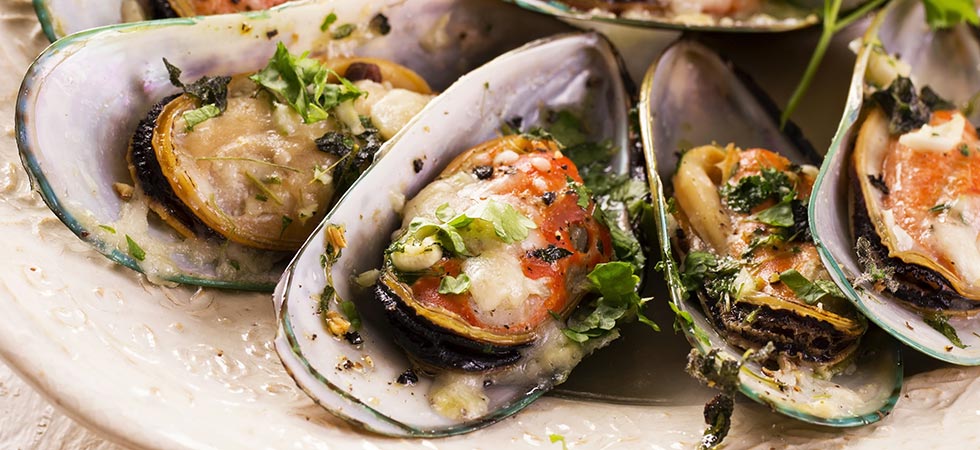
One type of local food that New Zealanders really love is the shellfish that can be found in abundance here, both in freshwater and in saltwater. Luckily our crustaceans and molluscs only make up 1.22% of our total exported goods, so a lot of what we catch stays right here in New Zealand, where it’s freshest, and in high demand. New Zealander’s favourites include crayfish (a small freshwater lobster), prawns, mussels, lobster, and paua (maori name for an edible sea snail, also known as abalone). Our lakes, rivers, and oceans are full of these guys, and we love having such excellent, fresh produce so readily available.
The New Zealand green lipped mussel is one of the largest species of mussel in the world, and they are delicious. Mussel farms are abundant around our coastline, and each year more than 250 tons of mussel ‘spat’ or seed is collected from one stretch of the famous ninety mile beach, on the west coast of the upper North Island, to supply mussel farms nationwide. New Zealand mussels are usually cooked in a red or white wine based sauce, with garlic, or spicy tomato; they are harvested all year round, except for a small break in August and September, so there’s ten great months to try mussels in New Zealand!
Pāua is the maori name given to abalone, a large edible sea snail, the population of which is carefully monitored by the Ministry for Primary Industries in New Zealand. Maori consider pāua to be taonga (treasure) and use the beautiful shells of the mollusc to make jewellery and souvenirs. Pāua meat is tender, and recommended cooking time is very brief. The texture is similar to a large mushroom, and it is a bit of an acquired taste – we think it’s delicious. They can be harvested all year round (as long as you can free-dive, no scuba equipment allowed when gathering these molluscs!) and are most often found in shallow waters of 1-10 metres deep off the coast of the lower North Island, and most of the South Island, where waters are cooler. We’d recommend sampling the New Zealand shellfish in Kaikoura, on the East Coast of the upper South Island.
Beef

New Zealand is home to between 3.5 and 4 million heads of cattle being raised for beef. That’s almost as many beef cows as there are people here! Around 80% of New Zealand’s produced beef is exported, and we have around an 8% share of the world market. Beef is big business in New Zealand, and just like our lamb it is raised without steroids or growth hormones, and the end product is some of the world’s tastiest meat. The main focus of farmers raising beef cattle is to grow the best quality grass they can. New Zealand beef cattle are fed on grass, rather than grain, and are generally grazed in lowland regions of New Zealand.
Unlike sheep bred for wool, cattle bred for beef are carefully monitored, moved, and strategically fed. Sheep for wool are mostly left to their own devices outside of shearing seasons. This careful control of the conditions in which cattle graze, allows farmers to produce the best quality, all natural beef, and it’s a real New Zealand favourite. Beef is available from butchers and supermarkets year-round in New Zealand, and there are a number of outstanding restaurants at which to sample the local beef.
Venison
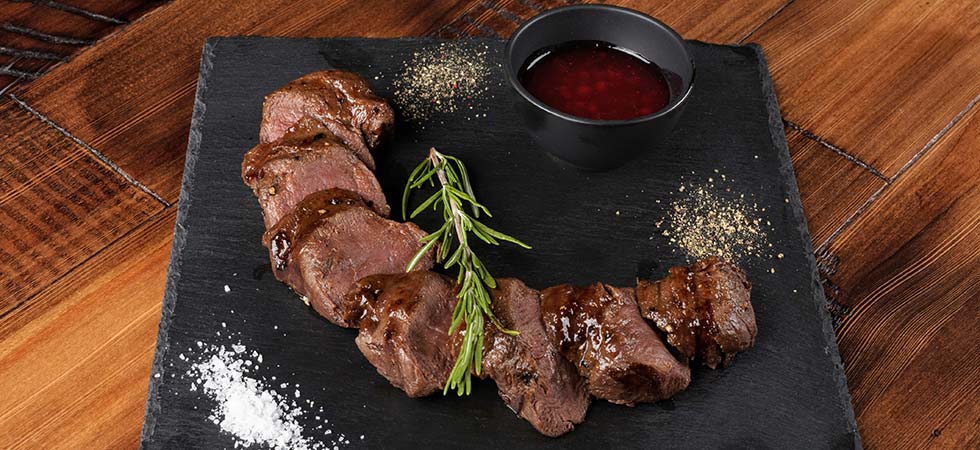
Deer farming in New Zealand was legalised in 1969, and whilst it is a relatively small industry compared to dairy, lamb, and wool farming, it is still a significant contributor to our economy, and a very popular meat amongst locals. Deer were first introduced into New Zealand in 1861, from the UK and Australia. Having been allowed to roam free and uncontrolled for the best part of 70 years, the population exploded and a cull followed. The government would pay men, who in some cases would jump out of helicopters to wrestle deer to the ground, for each skin or tail they obtained. Deer culling went on in this way until around 1976, when it passed to private hunters, and commercial helicopter hunting.
Today though venison farming (of mainly red deer) doesn’t require helicopters. Animals are born and raised in captivity, in large paddocks with high quality grass, and lots of space. In winter the animals are often given supplementary feed of silage, hay, or grain. Unlike other farmed animals in New Zealand, deer have a very seasonal food intake, based around day length, and calving season. New Zealanders will often remark that farmed venison is noticeably less ‘gamey’ than the wild version, which often makes it more popular commercially. Our favourite cut is the loin, they’re lean, tender, and great for just pan frying and eating medium-rare. The outskirts of Fiordland National Park, around Te Anau is home to lots of deer farms, so we’d recommend trying venison at one of several very good restaurants there.
Wine

Wine is big business in New Zealand – and enjoying a drop and learning about the industry is an important part of a New Zealand Walking Tours trip. There are around ten wine-producing regions in New Zealand, and we’ve picked four of our favourites to visit on our trips. The country is known for excellence in both red and white wines, and its harvesting period is generally from early March to mid June. Check out our blog post ‘Wine Regions of New Zealand’ to find out more.









